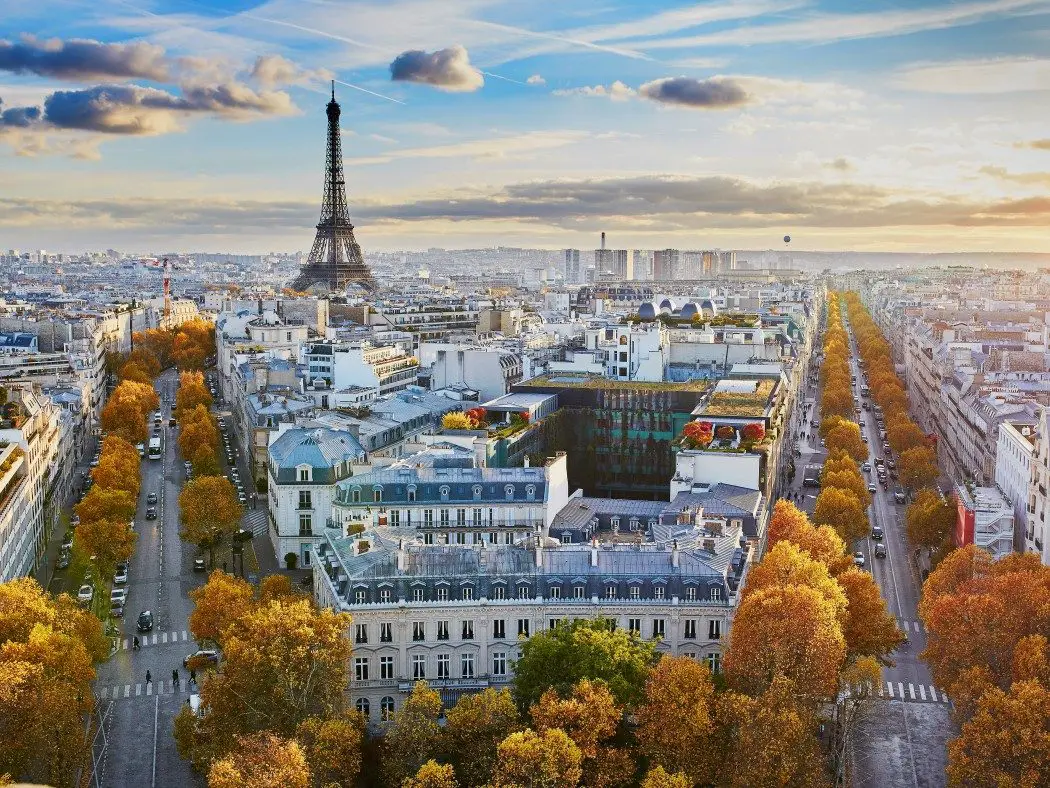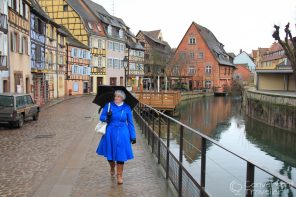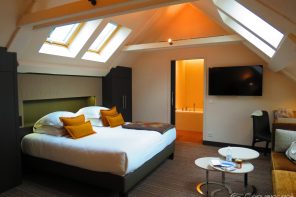France is a country steeped in history, with landmarks that tell tales of power, faith, and artistic brilliance. Travelling through its historic sites offers a journey back in time, from the medieval grandeur of castles to the awe-inspiring beauty of cathedrals. Whether you’re into history, enjoy admiring architecture, or just want to lose yourself in the local culture, the landmarks in France are something you’ll remember for a long time.
One of the best ways to explore these historical treasures is through private tours of France. These tours offer personalised experiences, allowing you to delve deeper into the stories and significance of each site. Imagine wandering through the corridors of the Château de Chambord, marvelling at its Renaissance architecture and Leonardo da Vinci’s staircase design. With a knowledgeable guide, you’ll uncover fascinating details that you might miss on a standard tour.
If you want to extend your journey beyond France, taking the Paris to Amsterdam train can be a convenient and scenic way to explore further afield. Although the city of Amsterdam is famous for its pretty canals and buzzing culture, it also has a strong heritage. Visitors to the Dutch capital can explore fascinating landmarks such as the Royal Palace of Amsterdam and the imposing Muiderslot Castle, offering a glimpse into the city’s regal past.
However, before venturing into neighbouring countries, ensure you don’t miss the gems scattered across the French countryside. From the iconic Château de Versailles, with its opulent Hall of Mirrors and sprawling gardens, to the less famous yet equally captivating Château de Chenonceau, straddling the River Cher with its elegant arches, each castle has its own unique charm and history.
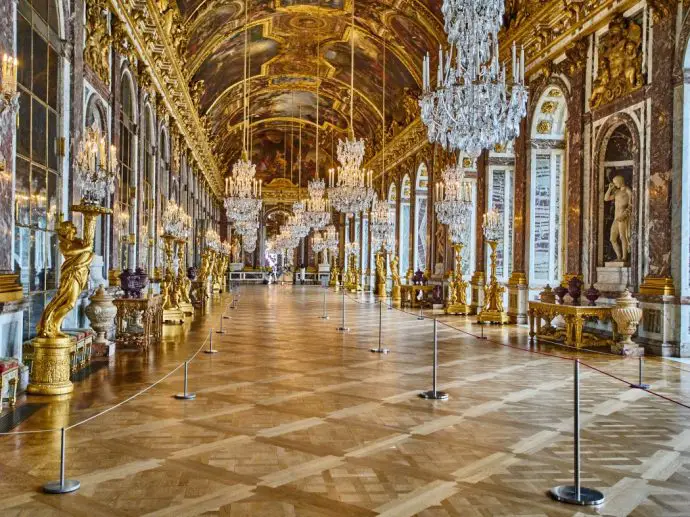
Meanwhile, Paris, often referred to as the “City of Light,” is renowned for its iconic landmarks like the Notre-Dame Cathedral and the magnificent Palace of Versailles, both of which stand as testament to the city’s splendid architectural heritage and cultural importance.
Cathedrals in France are not just places of worship but monumental testaments to the country’s architectural and artistic achievements. Despite the tragic fire of 2019, Notre-Dame Cathedral in Paris remains an emblem of Gothic architecture with its intricate sculptures and stunning stained-glass windows. Moving north, the Amiens Cathedral, one of the largest Gothic churches in France, boasts an impressive facade adorned with hundreds of statues and a richly decorated interior that leaves visitors in awe.
Another must-visit is the Chartres Cathedral, renowned for its remarkable state of preservation and its magnificent stained-glass windows, which date back to the 12th and 13th centuries. This UNESCO World Heritage site offers a glimpse into medieval spirituality and craftsmanship, with its labyrinth that pilgrims used to traverse on their knees as a form of penance. The light filtering through the ancient glass creates a serene and almost mystical atmosphere inside the cathedral.
In the Loire Valley, a region famous for its vineyards and fairy-tale castles, the Cathédrale Saint-Gatien de Tours stands out. This Gothic cathedral, with its twin towers and flamboyant facade, is a perfect example of the evolution of Gothic art. The cathedral’s interior is adorned with beautiful tapestries and exquisite stained-glass windows, making it a true feast for the eyes. Meanwhile, on a visit to the historic city of Strasbourg, you can climb the cathedral tower and enjoy sweeping views out across the countryside.
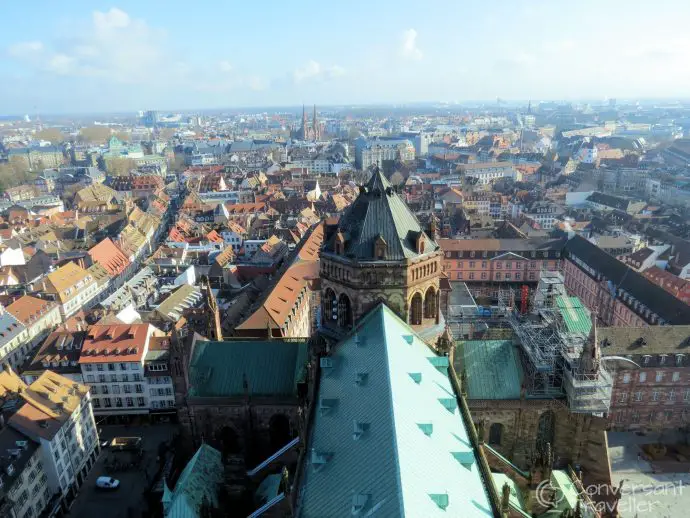
Travelling through France’s historic landmarks is not just about visiting old buildings; it’s about experiencing the layers of history that have shaped the nation. Each castle and cathedral has witnessed centuries of change, from the days of feudal lords and chivalry to the rise and fall of empires. These sites provide a tangible connection to the past, allowing us to reflect on the events and people that have influenced modern France.
For a more intimate and unique experience, consider staying in some of the historic châteaux that have been converted into luxury hotels. Places like Château de Bagnols in the Beaujolais region offer a blend of medieval architecture and modern comforts. Staying in such a place allows you to truly immerse yourself in the atmosphere of the past while enjoying the hospitality and amenities of the present.
As you plan your journey, remember that France’s historic landmarks are not just confined to the mainland. The island of Mont Saint-Michel, with its medieval abbey perched atop a rocky hill, is a marvel of medieval engineering and a pilgrimage site that has drawn visitors for centuries. The abbey’s silhouette against the backdrop of the sea is one of the most iconic images of France and a testament to human ingenuity and devotion.
In conclusion, travelling through France’s historic landmarks is a journey through time, offering insights into the country’s rich heritage and cultural evolution. From the grandeur of castles to the spiritual splendour of cathedrals, each site tells a story that contributes to the tapestry of French history. Whether you’re exploring through tours or by travelling the country by train, make sure to take the time to appreciate the intricate details and profound histories of these remarkable landmarks. Your adventure through France will not only be a visual feast but also a deeply enriching experience that connects you with the past in the most captivating way.
Moreover, as you travel, don’t forget to indulge in the local culinary delights and vibrant cultural festivals that further enrich your journey. The regional cuisines, from the delicate pastries of Paris to the robust wines of Bordeaux, add another layer to your exploration. Engaging with local artisans, attending traditional markets, and participating in cultural events will provide a more holistic understanding of France’s heritage. Each landmark, meal, and encounter will weave together a tapestry of memories, making your trip through France not just a visit to historic sites, but a deep dive into the heart and soul of a nation.

